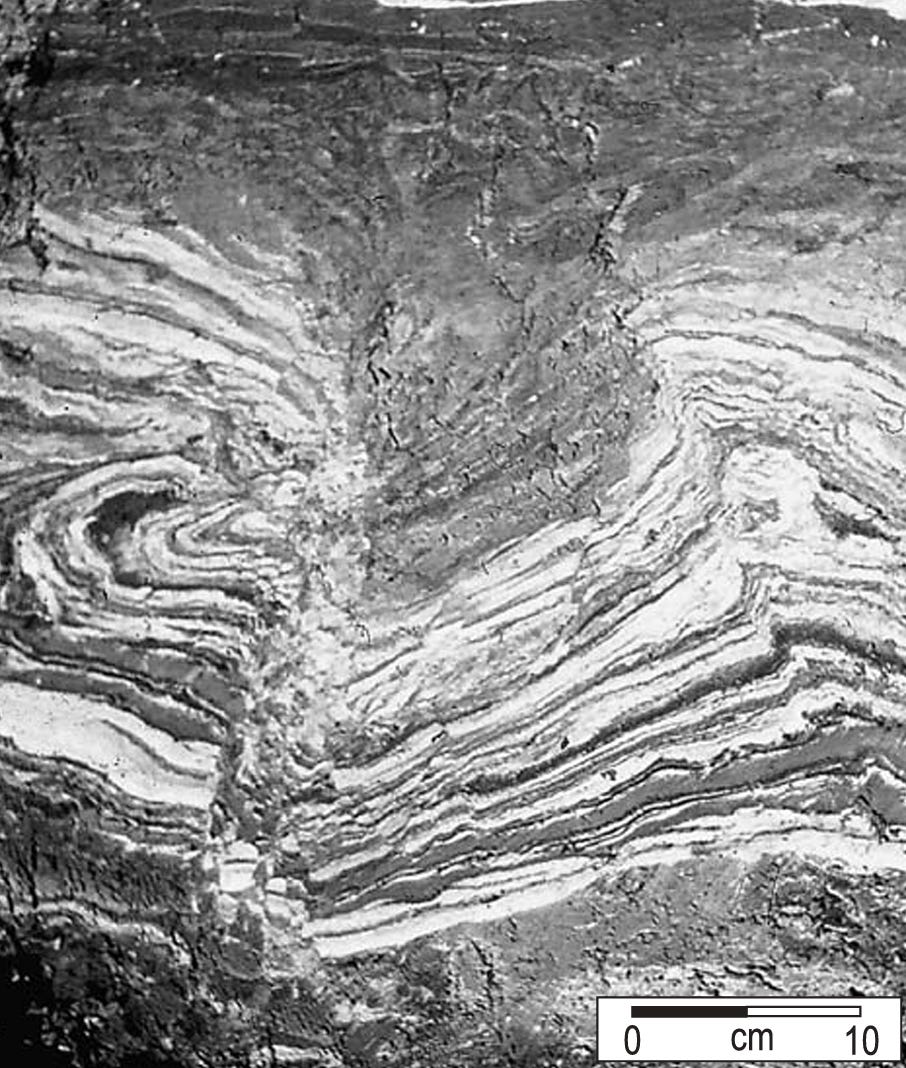Fold Friday: Soft-Sediment Deformation
Folds and interesting structures within sediments prior to cementation into sedimentary rock formations.
Welcome to Let’s Talk Outcrop, your newsletter all about Earth Science. I send weekly Tuesday and Friday emails explaining cutting-edge research, interesting topics in Earth Science, or examining fundamental Earth processes.
This series, Fold Friday, is exclusively for paid subscribers and offers an in-depth summary of some amazing folded formations I have found.
If you are currently a free subscriber and would like to upgrade to support my work and gain access to this series and the full archive sign up using the link below.
Many of the previous folds we’ve explored in this series relate to a specific folded structure and investigated the historic geology, deposition, and tectonics related to the formation of that amazing resultant fold.
This week, we focus on a specific type of fold, nonunique to a specific region.
The structures shown above are in a category of folds within soft sediments, forming a classification of folded structures, called “soft-sediment deformation”.
Specifically, soft-sediment deformation refers to alterations of physical structures of geologic materials (sediments) that are still unconsolidated, or pre-lithification (still not cemented into solid geologic units).
Soft-sediment deformation structures are classified into subgroups based on the deformational processes forming them:
Endogenic processes, forming endoturbations: Structures forming from interactions with living organisms.
Gravitational processes, forming graviturbations: Deformational structures driven by gravitational forces (e.g., a solid load compressing and “squishing” sediments around it).
Exogenic processes, forming exoturbations: Structures forming from the movement of Earth’s exterior (e.g., tectonic forces, wind erosion).
An example of graviturbations is shown below. Originally, the now-folded sediments, still before solidification, were compressed by an overbearing load. The weight of the load and force of gravity pushed the semi-solid sedimentary rock out of the way and formed a depression. The increased load from extra sediments piled in continued deforming the bottom layers, eventually forming a fault within the lower layers to the bottom left of the dark-colored load (drip-like feature).
Keep reading with a 7-day free trial
Subscribe to Let's Talk Outcrop to keep reading this post and get 7 days of free access to the full post archives.





